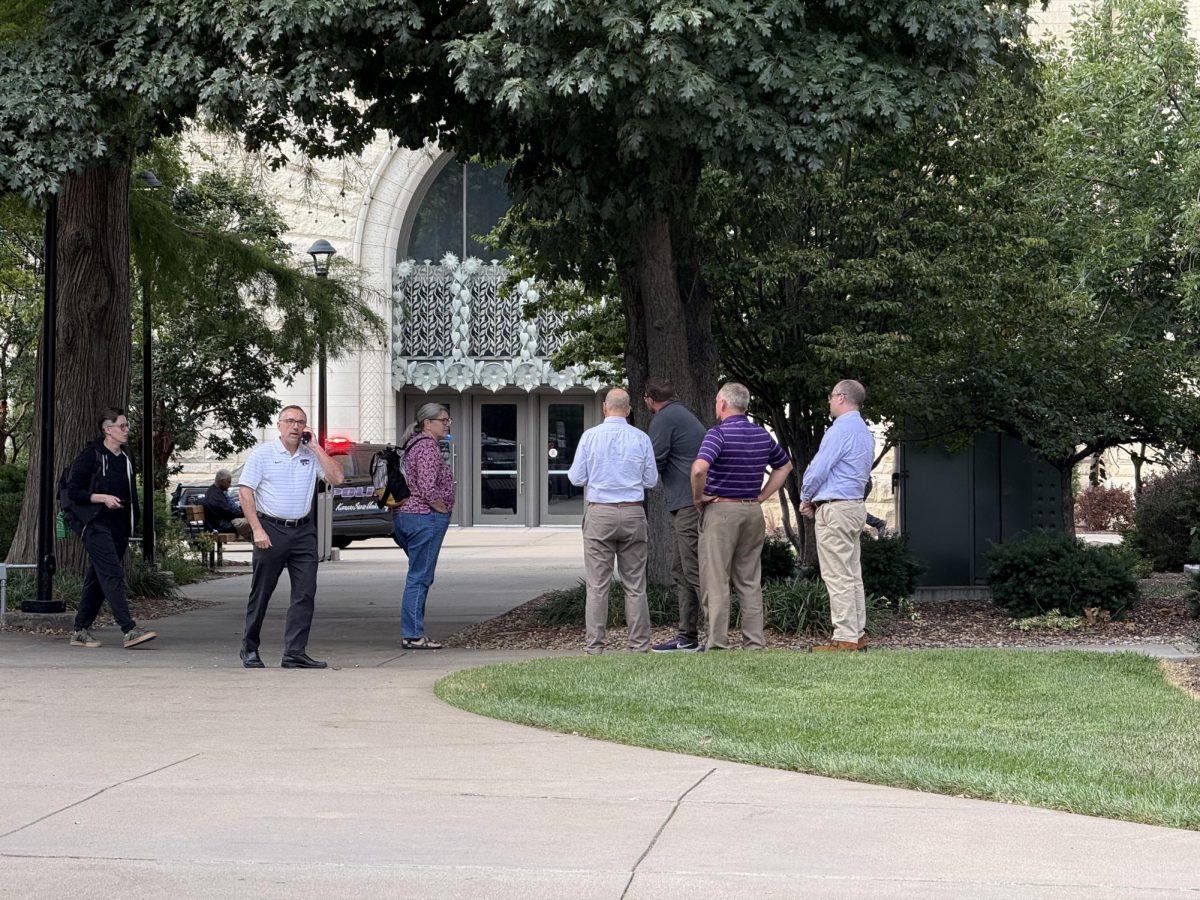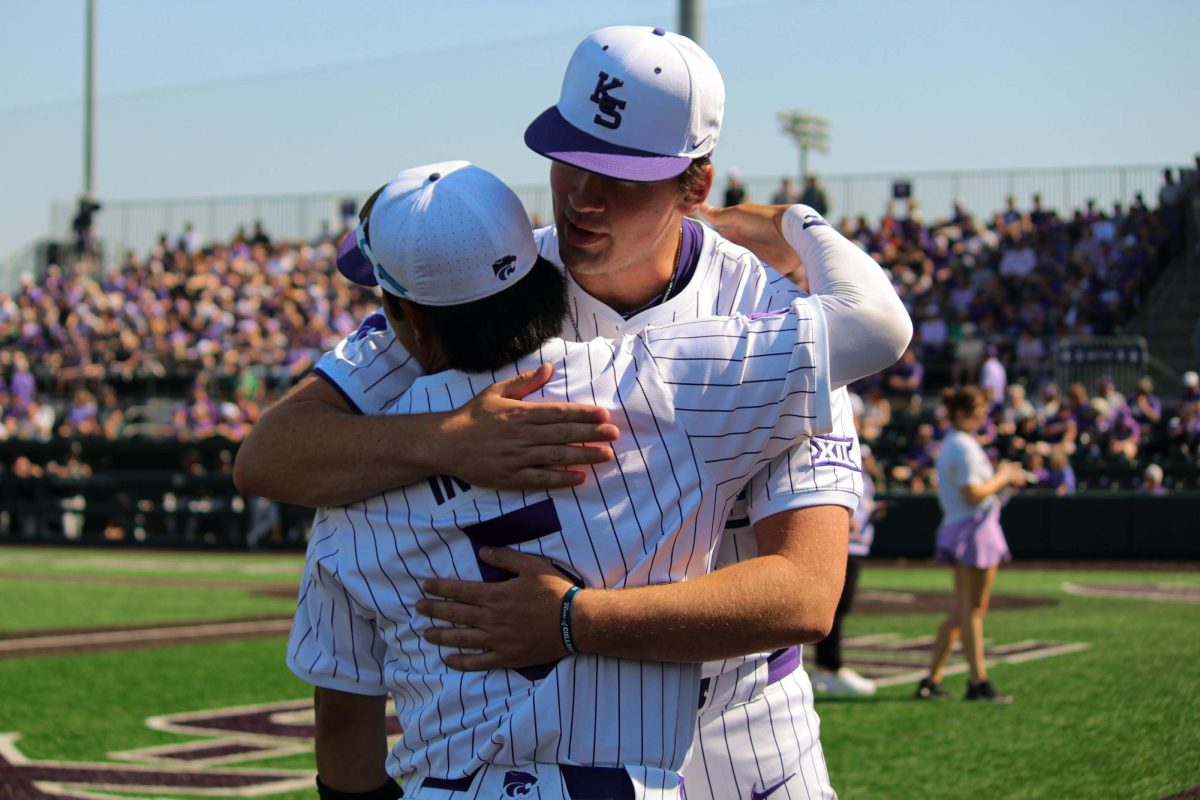Similar to films, the modern video game industry pumps huge amounts of money into projects, relying heavily on positive responses. Every video game producer hopes to make a successful end product. So, when a game crashes and burns, why is that?
When two comparable video games are released around the same time but see drastically different receptions, studying them helps reveal where one went wrong.
“Suicide Squad: Kill the Justice League” and “Helldivers 2” are both online, multiplayer third-person shooter games where you and a team fight alien enemies. One would expect the games to find similar success.
On paper, KTJL has much more going for it. It was announced as a sequel to the popular Arkham Batman games. Despite its pitch of a team of supervillains killing a mind-controlled version of the beloved Justice League, there was abundant buzz surrounding the game’s release.
By contrast, barely any mainstream hype led to the “Helldivers 2” release. I had never heard of the first “Helldivers” game, and it wasn’t terribly well-known. Once released, news of the sequel game’s entertainingly straightforward premise being done well sent swarms of players to purchase the game.
While the games are both online shooters, there are key differences. KTJL is a live-service game, meaning even though it’s a story game, it can’t be played without a constant internet connection. If interrupted for even a moment, the game will kick you out, often losing progress or settings.
The game follows the Suicide Squad taking down a brainwashed Justice League controlled by Brainiac, an alien villain. Part of the live-service concept is the story can’t be fully completed yet. Players will have to return for 12 more seasons and defeat a total of 13 Brainiacs before the story is finished.
“Helldivers 2” is much simpler. Teams of up to four players land on distant planets, exterminating hordes of alien bugs or robots with various weapons in the name of democracy. There’s no overarching story, just a point-and-shoot experience to enjoy with friends.
The response to “Helldivers 2” is as overwhelmingly positive as KTJL’s was extremely negative. KTJL’s player base on Steam — a video game distribution service — is regularly dipping below 1,000, catastrophic for a game released less than a month ago. Meanwhile, “Helldivers 2” hit Steam’s top 20 most-played games of all time list. If anything, its success is its largest drawback, as the insane demand led to servers hitting capacity.
The approach of KTJL quickly alienated its audience. The game relied on the popularity of Arkham Batman, then humiliated and killed him. Bringing back historically beloved characters only to disgrace them historically doesn’t go well. KTJL only succeeded in reminding fans why they liked the old games. The player count for “Arkham Knight” quickly surpassed KTJL’s on Steam, despite being a 10-year-old game.
Combining poorly executed character beats with overwhelming and boring gameplay explains KTJL’s lack of appeal.
While complicated games have their appeal, “Helldivers 2” fascinates so many players because it’s a simple idea executed well. It allows people to relax with friends without committing to hours of story. You can drop in at any point — provided the servers have room — and have fun. If KTJL took a few pages out of the “Helldivers 2” book, it might have found success.





















































































































